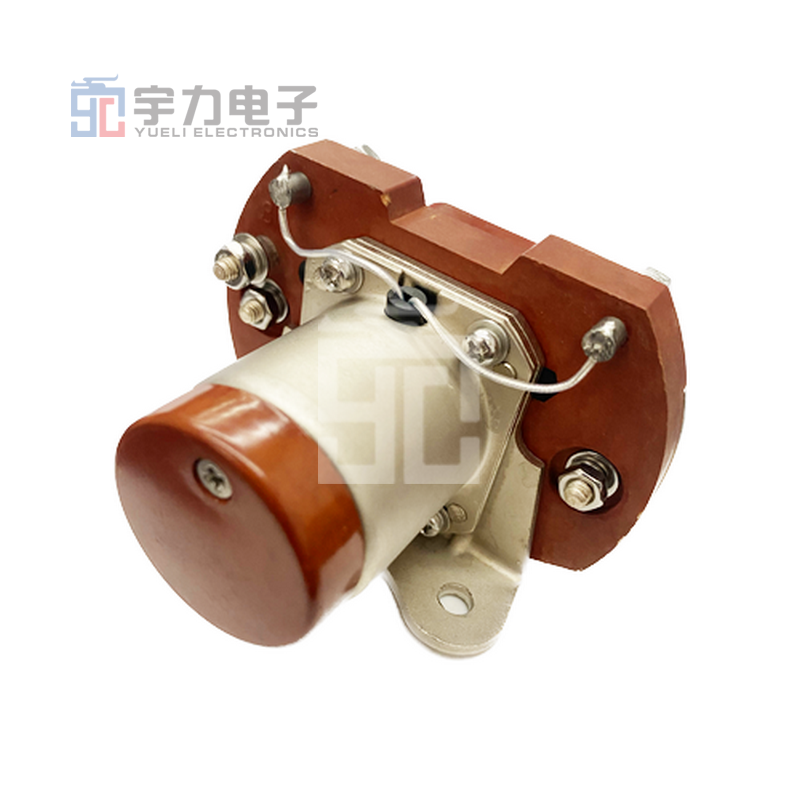Understanding Electromagnetic Contactors: Essential Insights for Professionals
2025-07-07

Electromagnetic contactors are crucial devices in electrical systems, functioning primarily as switches to control large currents. They are widely utilized in industrial applications for starting and stopping electric motors, as well as for controlling and protecting electrical circuits. Understanding the operational principles, types, and maintenance of these contactors is essential for professionals in the electronic components industry.
At its core, an electromagnetic contactor comprises an electromagnet, a set of contacts, and a mechanical armature. When an electrical current passes through the coil of the electromagnet, it generates a magnetic field that attracts the armature, closing the contacts and allowing current to flow through the connected circuit. The reverse happens when the current is stopped, the armature releases, and the contacts open, interrupting the circuit. This on-off mechanism is fundamental in managing the operation of motors and other high-power devices safely and efficiently.
There are various types of electromagnetic contactors, including AC contactors, DC contactors, and multifunction contactors. AC contactors are typically used in environments with alternating current, while DC contactors cater to direct current applications. Multifunction contactors can serve both AC and DC applications, making them versatile for different industry needs. Understanding the specific requirements of your application will help you select the appropriate type of contactor to ensure optimal performance.
Another vital aspect to consider is the contactor's ratings and specifications. Ratings include the maximum voltage and current the contactor can handle, as well as the thermal and electrical life of the device. Choosing a contactor with suitable ratings is crucial to prevent overheating, avoid premature failure, and ensure the longevity of the equipment being controlled.
Maintenance of electromagnetic contactors plays a significant role in ensuring reliability and safety. Regular inspection for signs of wear, checking the contact surfaces for pitting or burning, and ensuring that the coil is functioning correctly are essential practices. Implementing a routine maintenance schedule can greatly reduce the risk of unexpected failures and downtime.
In conclusion, electromagnetic contactors are indispensable components in the electronic components sector, particularly in applications requiring reliable control of electric motors and circuits. Gaining a deeper understanding of their working principles, types, and maintenance procedures will empower professionals to make informed decisions, enhance operational efficiency, and contribute to the overall safety of electrical systems.
At its core, an electromagnetic contactor comprises an electromagnet, a set of contacts, and a mechanical armature. When an electrical current passes through the coil of the electromagnet, it generates a magnetic field that attracts the armature, closing the contacts and allowing current to flow through the connected circuit. The reverse happens when the current is stopped, the armature releases, and the contacts open, interrupting the circuit. This on-off mechanism is fundamental in managing the operation of motors and other high-power devices safely and efficiently.
There are various types of electromagnetic contactors, including AC contactors, DC contactors, and multifunction contactors. AC contactors are typically used in environments with alternating current, while DC contactors cater to direct current applications. Multifunction contactors can serve both AC and DC applications, making them versatile for different industry needs. Understanding the specific requirements of your application will help you select the appropriate type of contactor to ensure optimal performance.
Another vital aspect to consider is the contactor's ratings and specifications. Ratings include the maximum voltage and current the contactor can handle, as well as the thermal and electrical life of the device. Choosing a contactor with suitable ratings is crucial to prevent overheating, avoid premature failure, and ensure the longevity of the equipment being controlled.
Maintenance of electromagnetic contactors plays a significant role in ensuring reliability and safety. Regular inspection for signs of wear, checking the contact surfaces for pitting or burning, and ensuring that the coil is functioning correctly are essential practices. Implementing a routine maintenance schedule can greatly reduce the risk of unexpected failures and downtime.
In conclusion, electromagnetic contactors are indispensable components in the electronic components sector, particularly in applications requiring reliable control of electric motors and circuits. Gaining a deeper understanding of their working principles, types, and maintenance procedures will empower professionals to make informed decisions, enhance operational efficiency, and contribute to the overall safety of electrical systems.
Previous:


